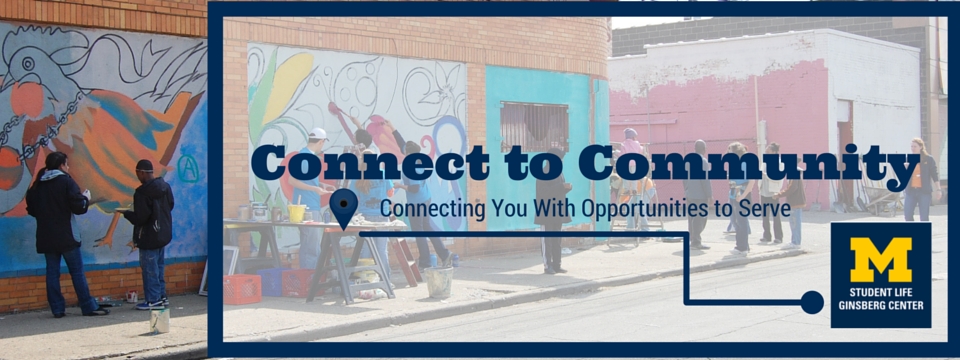Planning with your Community Partner
Now that you’ve scheduled your service opportunity, you will want to make sure to gather key information from the community partner to prepare for your service experience. Each community partner will have their own way of communicating with you. As you work with the community partner, make sure you pay attention to what they share and ask follow-up questions if needed.
Be sure you know - and have communicated to your group members
- About the community partner organization and how your group’s service will fit into their mission.
- The expectations that the community partner has of volunteers.
- What time you need to be there and what time you will be done with service and plan accordingly.
- The range (a minimum and maximum number) of the number of volunteers your group can bring.
- What volunteers should be wearing.
- Whether or not the community partner has liability forms that need to be filled out. Some will ask you to do this ahead of time, others may have you do it once you’re on site. If the organization needs them ahead of time, be sure everyone in your group has completed them and that you’ve gotten them to the organization.
- Contact information for at least two people at the community partner organization. We recommend that at least two people from your group have this information.
Information to Communicate to the Community Partner
- Share with the community partner why your group is interested in doing service with them and what you are hoping to gain from this experience.
- Check with your group members about their accessibility needs and be sure that you’ve talked with your community partner contact ahead of time about these needs. These needs may include access to a wheelchair ramp, larger print on handouts, a non-standing task, etc.
- Be sure that the size of your group works for the community partner. Be sure to also communicate the range in numbers of volunteers that will be coming. For example, if your group be somewhere between 15 and 20 people, communicate that. If you tell the community partner you will be bringing 50 volunteers and 15 show up, that is not helpful for the organization. If you are having a hard time recruiting volunteers, let the agency know as soon as possible. They may assign your group a different task or pull from their own volunteers to fill in the gaps.
- Share the contact information of two members of your group with the community partner in case the community partner needs to reach your group the day of the service experience.
Jump To:
Group Volunteering Home
Step 1: How to Find the Experience that’s Right for Your Group
Step 3: How to Work With Your Group to Prepare for the Experience
Step 4: Things to Keep in Mind the Day of Volunteering


